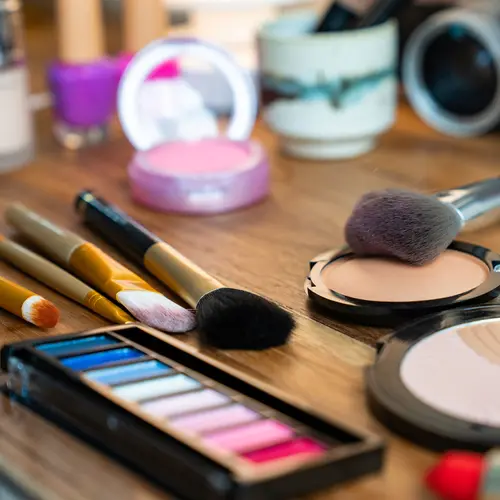One part of your face that can show age most dramatically is your eyes. Fine lines crop up in the corners, and shadows can appear under your lower lids. The hollows under your eyes may make you look tired or worn out.
If the area under your eyes bothers you, you can use concealer or other cosmetics to hide the shadows. You might also consider talking to a dermatologist about dermal fillers. They’re a popular remedy for wrinkles and sagging skin on the face. You can use filler to improve the look of hollows under your eyes.
How Faces Change With Age
Loss of elasticity. You might notice that your skin is less elastic and seems to droop more than it did when you were younger. Over time, the connective tissue in your skin weakens.
Skin sagging. As your skin loses elasticity and firmness, it tends to sag. The cartilage in your nose also loses firmness and starts to hang lower.
Fatty deposits shift. Your skin holds the fat behind it in place. As your skin moves, the fat shifts, too. Gravity pulls fat down from areas like your cheekbones and chin so that your features are less defined. The skin in some areas becomes more slack and underfilled.
Changes in fat often show in the area under your eyes. Some people find that they have deep hollows under their eyes. The space makes discoloration more noticeable, and shadows make the area look dark. The fat may also settle in the bottom of the area below the eyes and look puffy.
What Are Dermal Fillers?
Dermal fillers are things that a doctor can inject under your skin to replace the volume that you’ve lost with age. They’re among the most popular cosmetic procedures in the U.S. thanks to their relatively low price and lack of recovery time.
Doctors inject fillers in their offices. They use very small needs that don't leave noticeable marks for most people. You may need to have some local numbing, depending on the area. Some people have minor swelling or redness after injections, but there’s usually no long recovery time. You may see results right away.
Your doctor may use fillers like:
- Calcium hydroxylapatite (Radiesse)
- Hyaluronic acid (Captique, Esthélis, Elevess, Hylaform, Juvederm, Perlane, Prevelle, Puragen, Restylane)
- Polyalkylimide (Aquamid)
- Polylactic acid (Sculptra)
- Polymethyl-methacrylate microspheres (Bellafill)
The effects of fillers can last a few months to many years. But not all of them are right for all uses. Your doctor can help you choose the best one for you.
Fillers Under Your Eyes
You may lose volume beneath the skin under your eyes as you get older. You might notice that the hollows make you look tired even when you are well-rested. The skin may appear crepey, or wrinkles beside your eyes may seem more pronounced. Your skin might look discolored, especially if you have veins that you can see under the skin.
Dermal fillers may be a good choice for restoring the look of youth to your under-eye area. Your doctor can put them in the area under your eyes to smooth out the hollow spaces and make them look plumper and less shadowed.
Your doctor may also use a filler to reduce the appearance of crow's feet at the side of your eyes. Fillers can be added to the temple for more fullness of the upper face in general.
Where Else Can You Use Fillers?
Fillers have a lot of uses for people seeking a younger look. They may help:
- Erase fine lines in the face
- Reduce the look of scars
- Plump lips
- Add volume in the forehead to lift brows
- Add fullness to cheeks
- Fill lines around the mouth and chin
- Improve the look of hands


